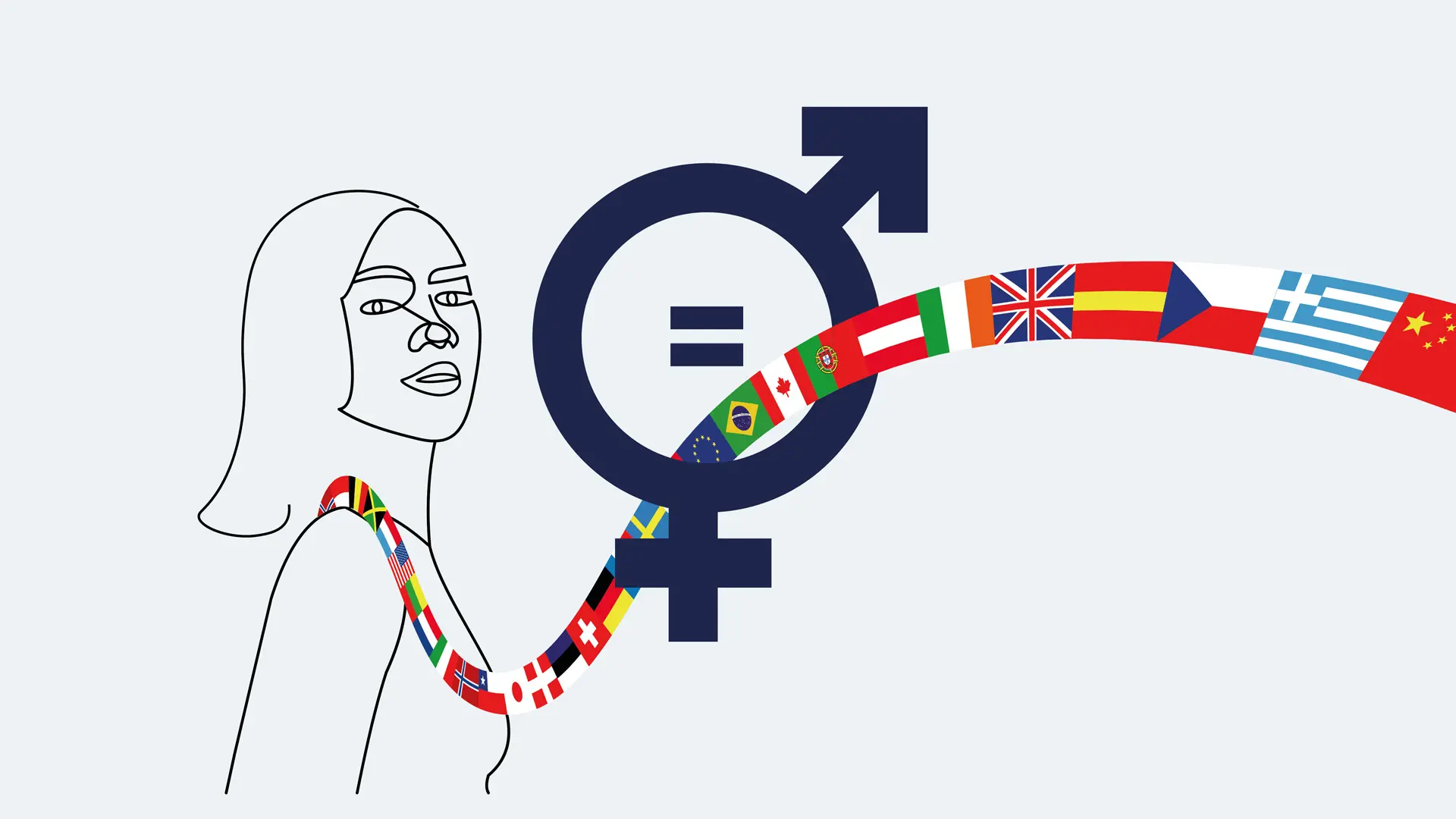Gender equality: a major national cause paves the way to an international standard

Back in 2021, France published the world’s first standardization work on gender equality in the form of AFNOR Spec X30-020 . Since then, three ministries (Gender Equality, Europe and Foreign Affairs, and Economy and Finance) have coordinated their efforts with many other stakeholders under AFNOR’s guidance to take this best practice guide to the next level as an international, but still voluntary standard.
That explains how the issue of gender equality made its way into the International Organization for Standardization (ISO) and gave rise to a text approved by over 60 countries, namely voluntary standard ISO 53800 (called NF ISO 53800 in France). The standard’s exact title is: “Guidelines for the promotion and implementation of gender equality and women’s empowerment.” The title is long, because every word counts in the eyes of the 60 countries that were seated around the standardization table. Like all ISO standards, it is voluntary. But here is an important point: certification is not available. Other hallmarks exist on a national scale to endorse gender equality best practices.
ISO 53800: a roadmap featuring some 100 actions
The standard initially focuses on the terms and definitions before it gets to the heart of the matter, namely the famous “guidelines” that provide a roadmap. The document’s 60 pages are modelled on what appears to be an action plan (pages 22 to 33 inclusive) and encourage readers to consider what their organization has already put into practice – or not. It would be easy to transform this standard into a quiz, since the questions raised are so precise and factual.
The icing on the cake is a 15-page annex, which contains a series of practical examples. Private enterprises (from large organizations to SMEs), public companies, local authorities, associations, public establishments… To quote the standard: “Gender equality is not only a woman’s issue, but needs to be addressed by everyone and every organization.” Beginners accepted! Even organizations with greater experience on gender equality issues will find plenty of room for improvement. “If we want to do more and really put words into action, then companies need to step up to the plate and take action through their HR divisions, CSR policies and entire governance bodies. To date, international standards are the only way to get voluntary companies around the world moving forward according to identified best practices,” explains Franck Lebeugle, Director of Standardization Activities at the AFNOR Group.
ISO 53800: guidance in line with the SDGs
The standard provides help in complying with several of the United Nations Sustainable Development Goals (SDGs), especially SDG no. 5, since 104 of the UN’s 246 indicators have gender-related targets (source: OECD 2020). ISO 53800 tackles the subject of gender equality through the internal dimension of the organization, its activity and investments, its external relations, and its internal and external communication. It covers not only the professional sphere, but also all aspects of girls’ and women’s lives.
Five out of ten women worldwide are in the labour force, compared to nine out of ten men. Once employed, women only make 77 cents for every dollar earned by men (source: UN WOMEN 2017). Another figure? According to estimates published by WHO, nearly one in three of women worldwide have been subjected to either physical and/or sexual violence in their lifetime, not to mention psychological, economic and social violence.
Watch our video entitled “Gender equality: they designed the voluntary ISO 53800 standard” :